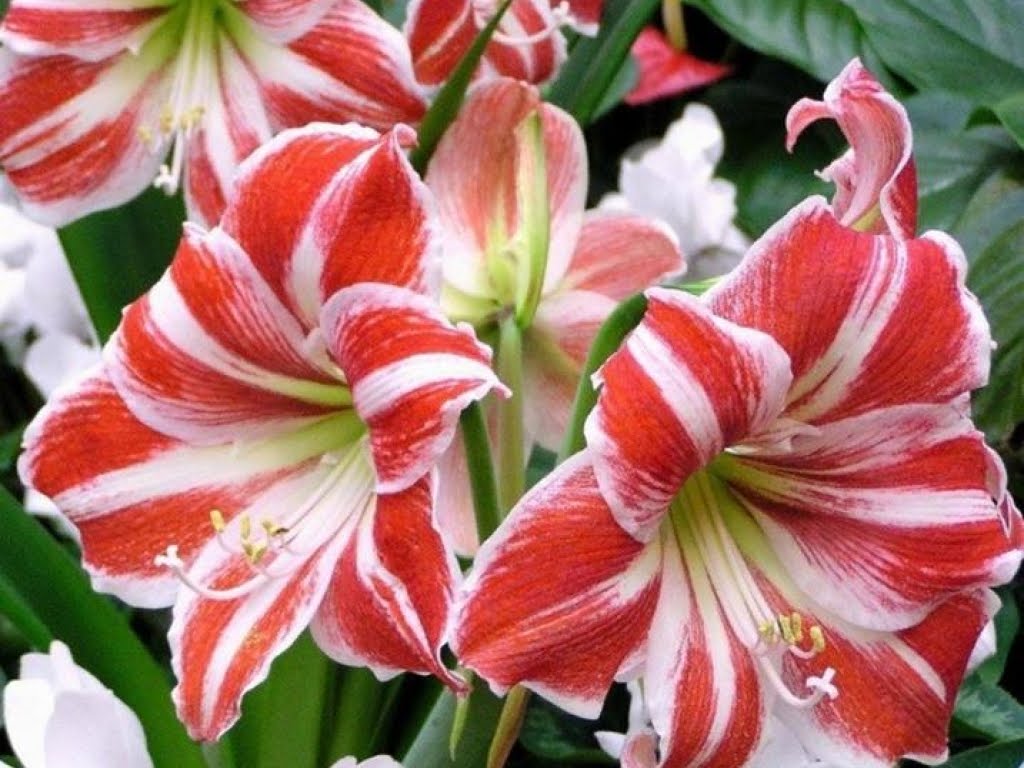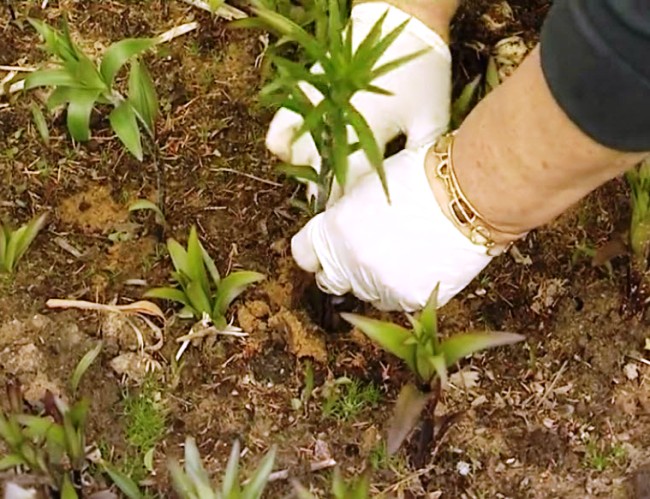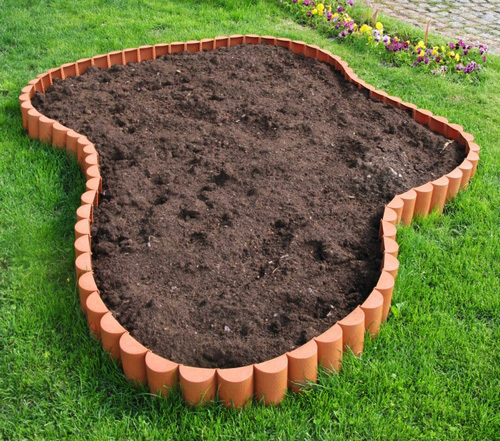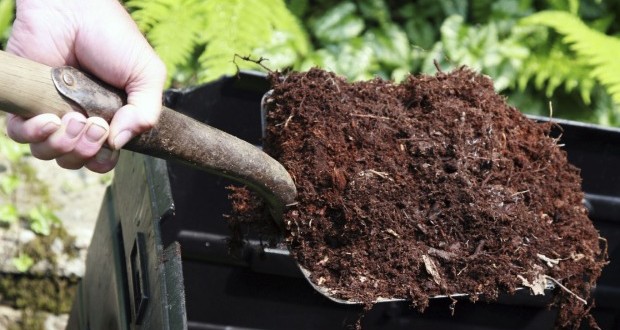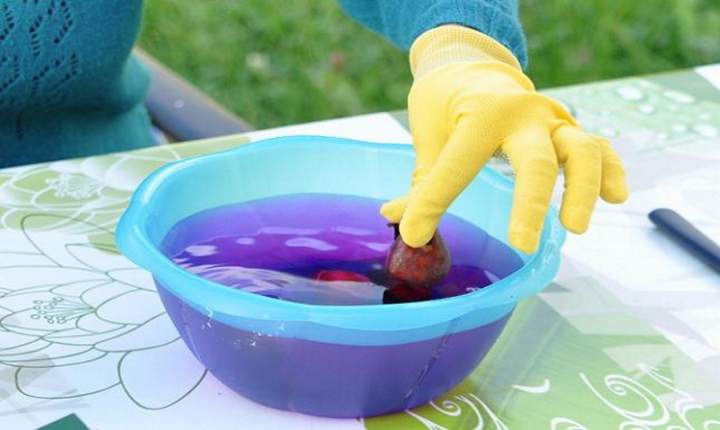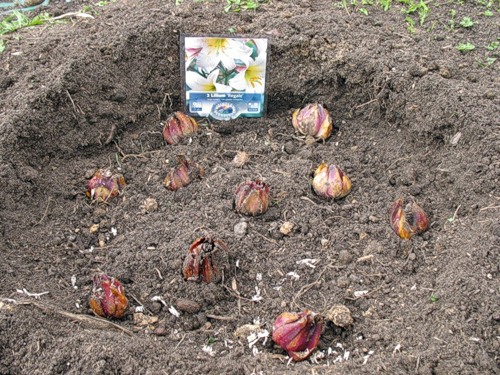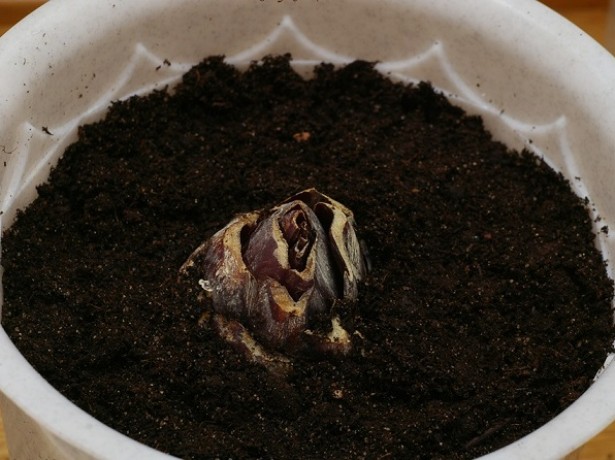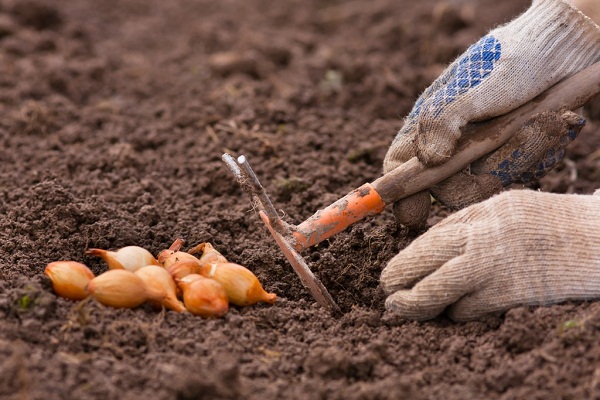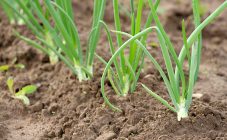Content:
Having decided to decorate his life with regal flowers, the gardener will have to decide when to plant lilies: in spring or autumn. A lot depends on the right time chosen: flowering, preparing the plant for winter, its health.
When is it better to plant
Usually summer residents prefer to plant lilies in the fall. This is competent from the point of view of the biological cycle of the lily: after completing its flowering, it begins to prepare for winter. The corm restores the energy spent on luxurious flowers, stores nutrients, and then plunges into a state of rest. It is this time that is favorable for planting. The plant wakes up pretty quickly, builds up the root system and its own body. This is intended by nature, its wise decision should not be contradicted.
Optimal planting schedule by region:
- Middle band: mid-September - end of October;
- Ural: early September - early October;
- Siberia: September;
- South of Russia, Ukraine: from early September to late November.
It is important to follow the order of landing:
- always start with candidum blooming in June;
- then lilies of American and Caucasian origin are planted;
- they complete the planting with oriental, tubular, tiger, Tibetan, Asian women can be planted in summer.
When to plant lilies in open ground in autumn, they determine by the air temperature - it should be around + 10 ° С. In warmer weather, the bulb will grow, in cold weather, it will not have time to take root, it will endure the winter worse.
Onions have time to settle in a new place, to get stronger before the winter cold. With the first warm days, they begin their growth, and return frosts in April-May endure without catastrophic consequences.
In the spring, lilies are planted, which are not adapted to the harsh winter - most orientals, all American, tubular and derived hybrids, late-flowering Asian lilies. The optimal period is considered mid-April, the determining factor is that the soil has completely thawed, moderately warmed up. In the south, garden lilies are planted earlier.
When planting in spring, the sequence is also observed when planting lilies of certain types: the first to plant are tiger, Tibetan, the last - terry, as they are more demanding for heat.
Also, in the spring, they postpone the planting of bulbs, which for various reasons were not planted in the autumn:
- sudden early persistent cold;
- planting material was purchased at the end of the season;
- the package with the ordered nodules arrived late.
This situation makes it necessary to store the bulbs. There are several rules to help preserve them until spring:
- before laying for storage, the bulbs are examined, damaged areas are cut off, disinfected;
- carry out anti-fungal treatment with potassium permanganate, a solution of any fungicide;
- dry the material in a dark cool room.
Store wrapped in paper or sprinkled with sawdust. For storage, a ventilated room with moderate humidity is suitable, where the temperature is kept at 3-5 ° C. A small number of corms are kept in the refrigerator.
How to plant lilies
In order for the graceful flowers to reveal their beauty to the fullest, the summer resident needs to know how to properly plant the lily bulbs.
Seat selection
The most difficult thing in growing an aristocrat is choosing the right place: the requirements of different species do not coincide.
General conditions for all lilies:
- protection from cold winds or drafts;
- good drainage;
- no stagnation of melt or rain water.
Attitude to light and wind
Protection from the wind has its additional conditions: the place where they are planted must nevertheless be well ventilated, since the lack of ventilation between the stems leads to sad results - to diseases and pests.
Summer residents consider it a fair statement about choosing a place: it is easier to choose a lily suitable for an empty space on a site than to find where to plant an already purchased onion.
Soil requirements
Here, the individuality of the species is also manifested. A common preference is air permeable loam or sandy loam with a high humus content. As for the pH, there are differences:
- candidums, martagons, Henry lily prefer slightly alkaline soil;
- long-flowered, Canadian, tiger and their hybrids prefer a slightly acidic environment;
- if the origin of the lily is unknown, stop at a neutral reaction.
Preparing the landing site
Preliminary preparation is required even for ideally suitable soil for lilies: digging 40 cm to saturate the earth with oxygen and apply fertilizers:
- compost or humus - 5-10 kg / sq. m;
- potassium sulfate - 30-50 g / sq. m;
- superphosphate - 60-100 g / sq. m.
It is possible to use ready-made complex formulations for bulbous or especially for lilies, which are used according to the manufacturer's instructions.
Planting depth of bulbs
Usually they use the typical rule for bulbous: the distance from the bottom to the surface of the earth is three sizes of the bulb. But there are a number of clarifications that determine how much you need to deepen a particular variety:
- stem-root lilies are deepened by 25 cm or more;
- undersized cultivars require a depth of 10-12 cm;
- medium-sized ones need a seal of 12-15 cm;
- tall ones are planted at a depth of 15-20 cm.
Data are given for large bulbs, small planting material is planted at 2/3 of the depth recommended for large ones.
Preparing the bulbs
All bulbs - purchased in a specialized store, purchased from neighbors in the country, are their own, pre-prepared. The material is cleaned, the sections are disinfected. Remove dry scales, dead roots. Etched with potassium permanganate (5 g / 1- l of water, explication time 30 minutes), Fundazol (0.2%) or Karbofos (1 tablespoon / 10 l of water). Dry.
Landing technology
Dig holes just before planting. The distance between them is determined quite arbitrarily, but they make sure that they are at least 15-30 cm apart from each other, depending on the height. If the flowers are grown for cutting, the step is increased.
Step by step planting guide:
- shorten the roots, leaving a maximum length of 10 cm;
- coarse river sand, washed and disinfected, is poured onto the bottom of the landing pit, and a mound is formed from it;
- a corm is placed on a mound, the roots are straightened along the slopes;
- pour sand to completely cover the onion;
- fill up the soil;
- watered abundantly, spread the mulch with a layer of 5-7 cm.
Mulch material is selected according to the type of lilies - Asian, Oriental, LA hybrids are suitable for sawdust, peat; compost and wood ash are mixed for martagons; for the rest, the material is not important, the main thing is that it is organic.
Features of planting daughter bulbs and bulbs
For the reproduction of lilies, daughter bulbs are usually used, which overgrow the adult, mother. A number of varieties, called bulbous, form such bulbs (buds) in the leaf axils. Planting fine material has a number of features.
Planting buds
The least traumatic way of breeding lilies, which does not require digging out the main bulb. Tiny bulb babies are found in many Asian hybrids, tubular, tiger and selected varieties.
The babies finally mature by the end of the flowering of the mother plant: they are easily separated from the stem; some manage to release small roots, less often - miniature leaves.
Even if the reproduction of lilies is not included in the gardener's plans, ripe children are collected so that the flower beds do not become clogged with unnecessary shoots. If the goal is to breed this variety, then they prepare in advance for planting baby bulbs:
- choose a place for a school bed, better shaded;
- they dig up the soil, at the same time applying a special fertilizer for lilies or a mixture of ammonium nitrate (30 g / sq. m), potassium sulfate (10 g / sq. m), superphosphate (10 g / sq. m).
Ripe bulbs immediately after collection are kept in a weak solution of manganese for 2 hours for disinfection, then planted in grooves about 3 cm deep with a step of 5-6 cm, covered with earth and watered well. After watering, lay out a layer of organic mulch.
Bulbous lilies are frost-resistant, so the young growth does not need shelter for the winter. As insurance for the schools, dry foliage is raked up, covered with spruce branches.
Planting baby bulbs
This method of reproduction involves the regular digging of the mother plant every 3-4 years in order to separate the babies from the main bulb. The best time for this is a month after the end of flowering, when the main bulb has recovered and got stronger. Some varieties do not need to be dug out, because babies are formed on the underground part of the stem, it is enough to shake off the soil, sift it.
Such bulbs are planted on school beds, prepared in the same way as in the previous case, only the planting depth is 3-5 cm, and the step is 10-12 cm. The process of preparing daughter bulbs is similar to the preparation of buds.
In the first year of flowering, there will be no plants grown from children, full-fledged lily buds are formed in the second year. Experienced lily growers recommend abandoning the first flowers in favor of growing the bulb, strengthening it.
What is the difference between planting lilies at home
How to plant lilies and take care of them at home is no more complicated than in the open field, but just as exciting, especially since the flowering period can be regulated - to get a flowering plant by March 8 or a family date.
Having decided which variety will be grown, they select a pot. The approximate ratio of plant height to container height is 4: 1; an area of 16-18 square meters is required for the development of a large bulb. cm.
Several bulbs are planted in a large pot: if it is cramped, the lilies will bloom more willingly. In a large space, they will be engaged in reproduction - building up children, until the surplus "living space" is filled.
How to plant lilies in a pot is described by the instruction:
- choose Asian, oriental, long-flowered hybrids. Their height - dwarf, medium or tall - is determined based on the possibilities of the interior;
- a suitable bulb for planting should be healthy, dense, weighing about 40 g;
- 2-3 weeks the bulb is kept at a temperature of about 5 ° C - stratified;
- before planting, they are subjected to a 2-hour disinfection with potassium permanganate, then placed in a growth stimulator for 12 hours;
- 5 cm of drainage is placed on the bottom of the pot - expanded clay, pebbles, crushed bricks, 10 cm of nutritious soil is poured;
- spread the onions with the bottom down, slightly pressing into the ground;
- fall asleep with a thick (15-20 cm) layer of substrate, watered abundantly with warm soft water.
To correctly determine when to plant the bulbs of pot lilies, study the characteristics of the selected variety - how long it takes from germination to flowering plus 2-3 weeks for germination.
When choosing the timing for planting lilies - autumn or spring - they weigh all the pros and cons so that they grow healthy, full-fledged and long blooming, replacing each other, beautiful flowers.
